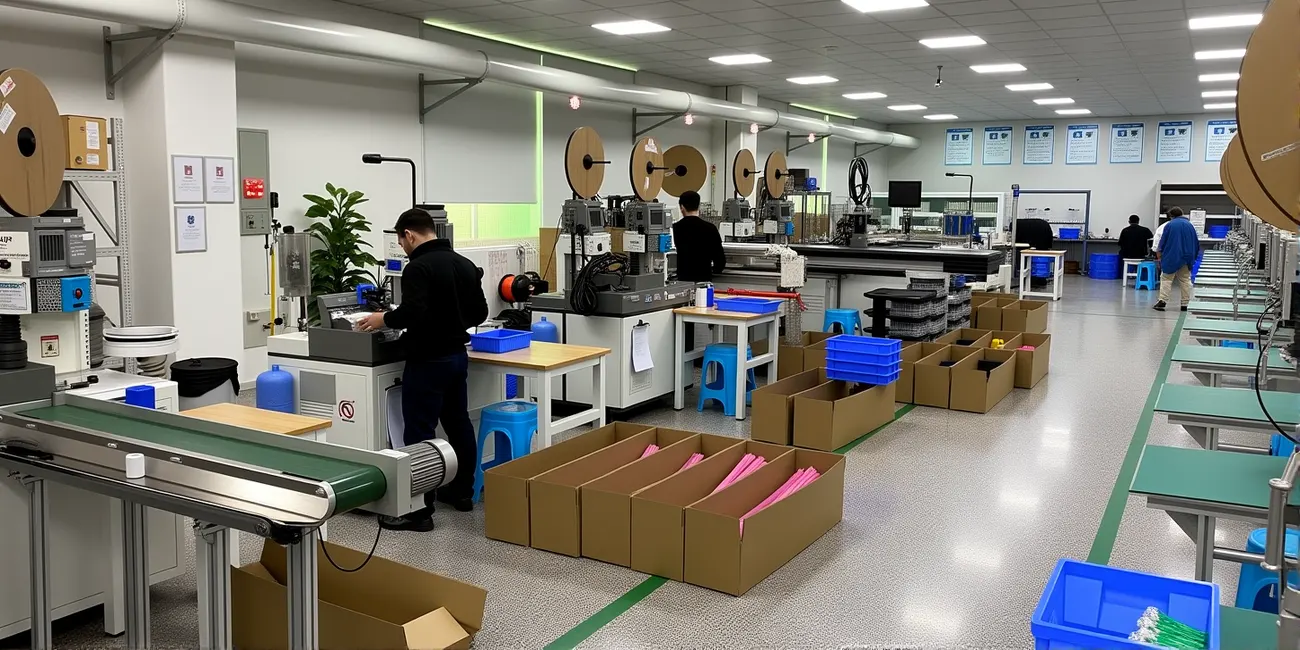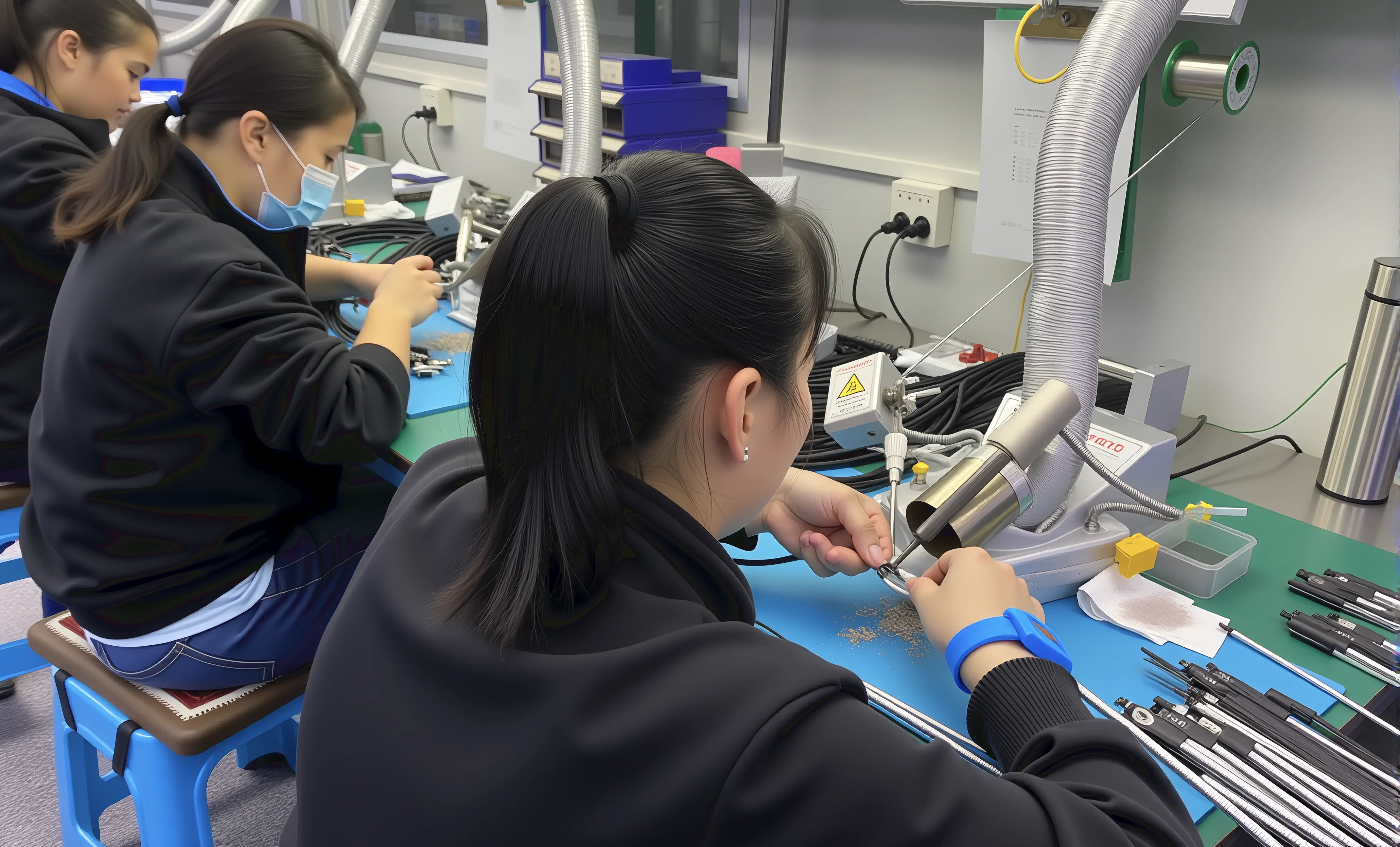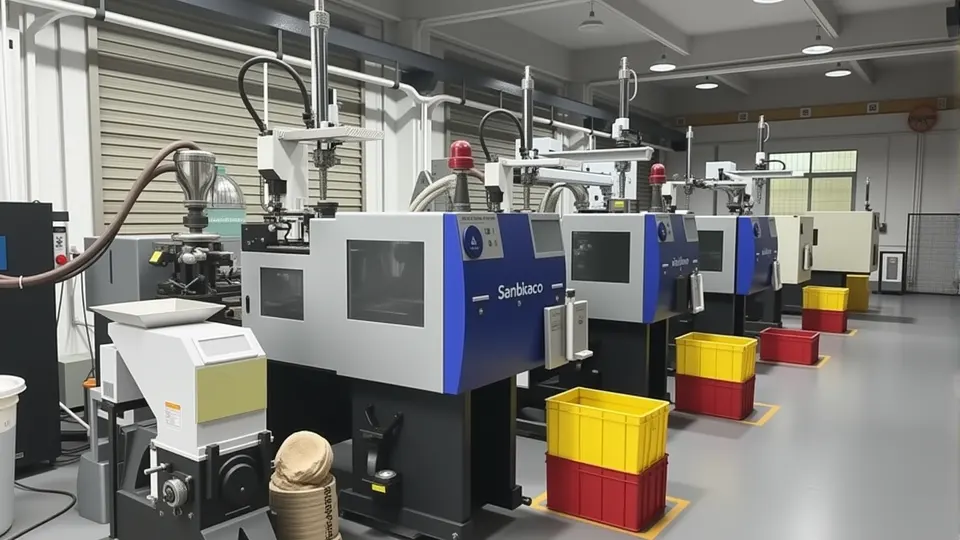
By quanyu lee
2025-08-19 02:42:30
IPC/WHMA-A-620: Complete Guide for Wire Harnesses
IPC/WHMA-A-620 is a globally recognized quality standard for wire harness manufacturing. Jointly developed by IPC (Association Connecting Electronics Industries) and WHMA (Wire Harness Manufacturers Association), it helps manufacturers maintain process consistency, improve product reliability, and enhance customer confidence.
- It provides detailed guidelines for workmanship, including soldering, crimping, insulation, stress relief, and overall wire harness assembly.
- The standard classifies wire harnesses into three levels based on application scenarios: consumer products, high-reliability electronics, and mission-critical systems.
- For manufacturers, it serves as a practical guide for consistent production and quality control. For customers, it ensures the delivered wire harnesses are reliable and meet expectations.
1. IPC/WHMA-A-620 Compared to Other Standards
Other relevant standards in the electronics and wire harness industry include:
- IPC-A-610: Standard for acceptability of electronic assemblies
- J-STD-001: Standard for soldered electrical and electronic assemblies
- ISO/TS 16949: Quality management system standard for the automotive industry
In comparison:
- IPC/WHMA-A-620 focuses specifically on wire harness quality and assembly processes, covering soldering, crimping, and stress relief in detail.
- It provides actionable and practical assembly standards, whereas ISO or IPC-A-610 mainly focus on management systems or PCB assemblies.

2. Three Wire Harness Levels in IPC/WHMA-A-620 (Table Format)
| Level | Typical Applications | Quality Requirements | Process and Inspection Standards |
| Consumer Products | Household appliances, general consumer electronics | Minor defects allowed as long as basic functionality is not affected | Crimping and soldering meet minimum performance requirements; standard materials; primarily visual inspection; wider tolerances |
| High-Reliability Electronics | Computers, communication equipment, TVs, gaming consoles | Long service life, high reliability | Stricter crimping precision and stress relief; solder joints and insulation must meet defined dimensions and strength; combination of visual and partial quantitative inspection |
| Mission-Critical Systems | Aerospace, military, medical life-support systems | Zero defects, 100% inspection required | Use of military-grade materials; solder joints inspected under microscope; crimping and stress relief verified quantitatively; full documentation and redundant stress relief measures to ensure maximum reliability |
3. Application Areas of IPC/WHMA-A-620
The IPC/WHMA-A-620 standard is widely applied across multiple industries:
- Automotive: Power harnesses, sensor cables, ensuring durability and safety
- Medical devices: Life-support systems, diagnostic equipment, ensuring signal reliability
- Aerospace: Stable operation under high temperature, vibration, and extreme conditions
- Industrial automation and robotics: Durability in high-frequency motion environments
- Telecommunications and data centers: Maintaining signal integrity for high-performance applications
4. IPC/WHMA-A-620 Certification System
Certification is divided into three levels, suitable for different roles:
- CIT (Certified Instructor): A key technical personnel in the company, responsible for internal training and mastering the latest standards.
- CIS (Certified Specialist): Frontline production personnel and inspectors, who master operational skills. Certification is valid for two years.
- CSE (Certified Standards Expert): Quality managers and process engineers, responsible for integrating compliance systems with quality management.

5. Frequently Asked Questions (FAQ)
Q1: How does IPC/WHMA-A-620 differ from ISO certification?
A: ISO focuses on management systems, while IPC/WHMA-A-620 emphasizes wire harness workmanship and product quality.
Q2: Is certification mandatory?
A: In aerospace, medical, and automotive industries, customers often require suppliers to be trained or certified in IPC/WHMA-A-620.
Q3: How can one obtain IPC/WHMA-A-620 certification?
A: Through IPC authorized training centers, by completing theoretical and practical courses, and passing examinations.
Q4: How often is the standard updated?
A: Approximately every five years, to adapt to new technologies and industry demands.
Q5: What are the benefits of certification?
A: Improves wire harness reliability, reduces rework, increases customer trust, and enhances market competitiveness.
Find a Qualified Custom Wire Harness Manufacturer
Choosing a wire harness manufacturer isn't just about specifications and delivery; it's also about ensuring reliability.

At Kaweei, we not only strictly adhere to industry standards but also continuously optimize them in practice:
- We are IATF 16949 and ISO 9001 certified, ensuring a rigorous and reliable quality system.
- All wire harnesses comply with SAE and IPC/WHMA-A-620 standards, ensuring consistency and durability.
- Our experienced engineering team and advanced manufacturing equipment provide flexible, customized solutions.
Kaweei is committed to providing customers with high-quality wire harnesses. From design to production, we guarantee reliability and performance, helping them stand out from the competition.



